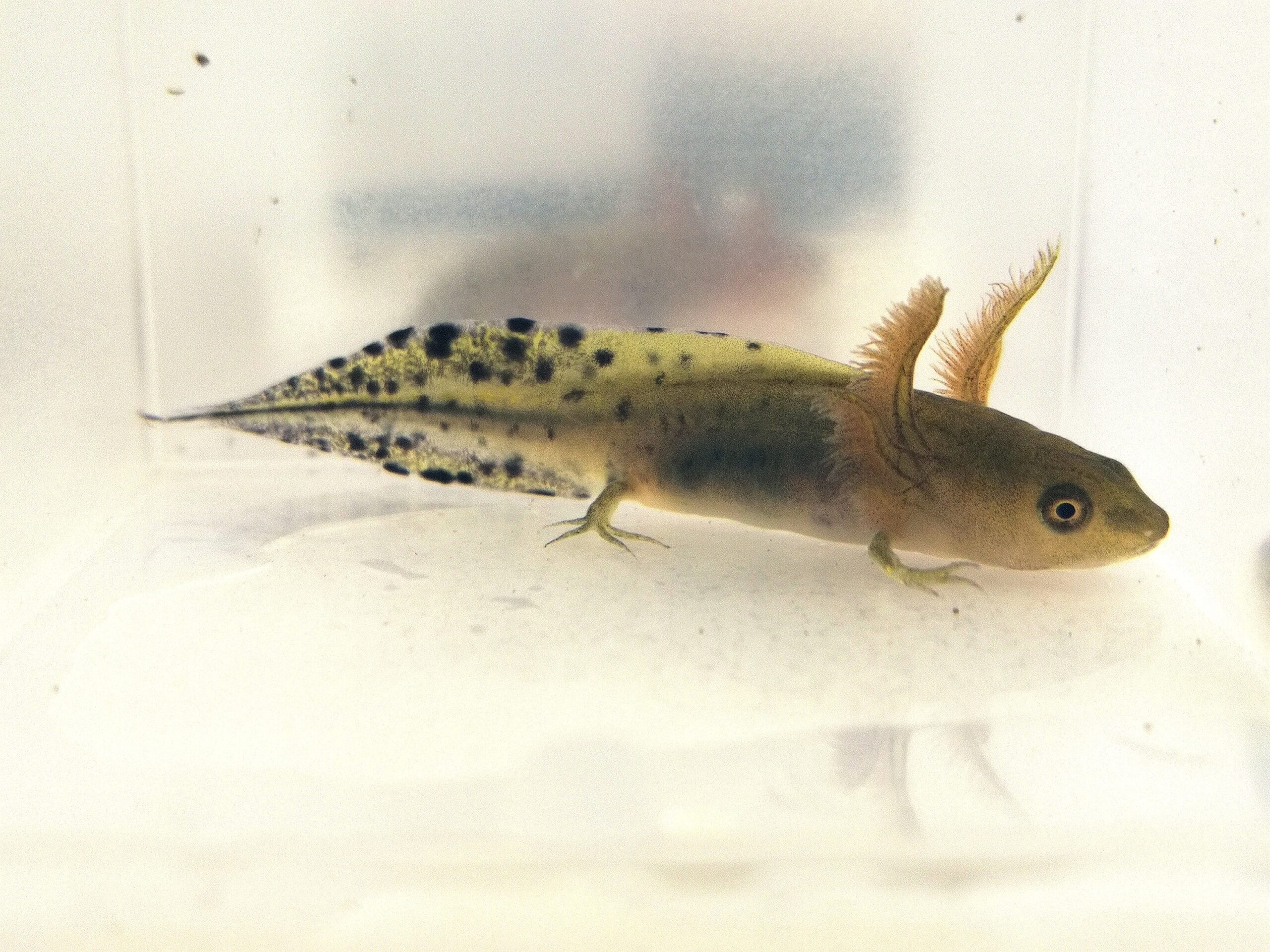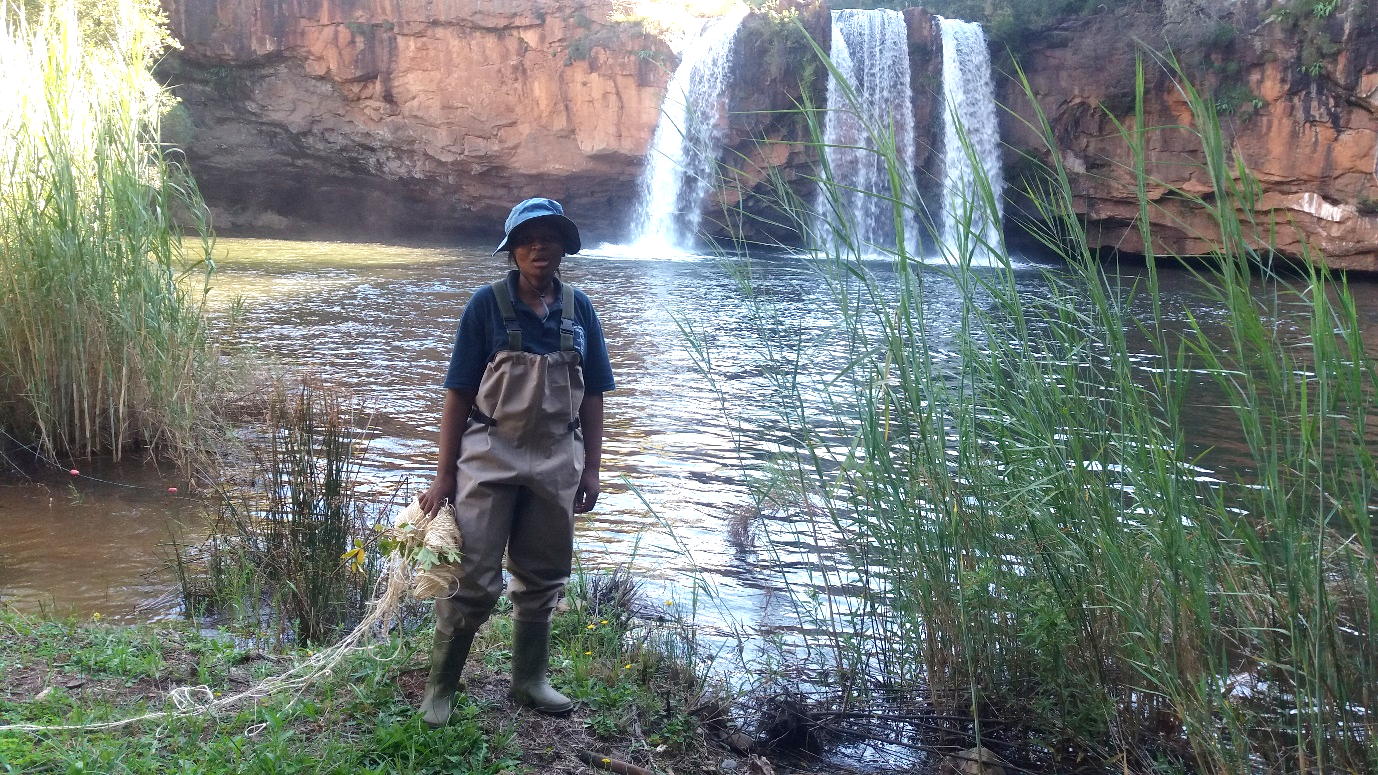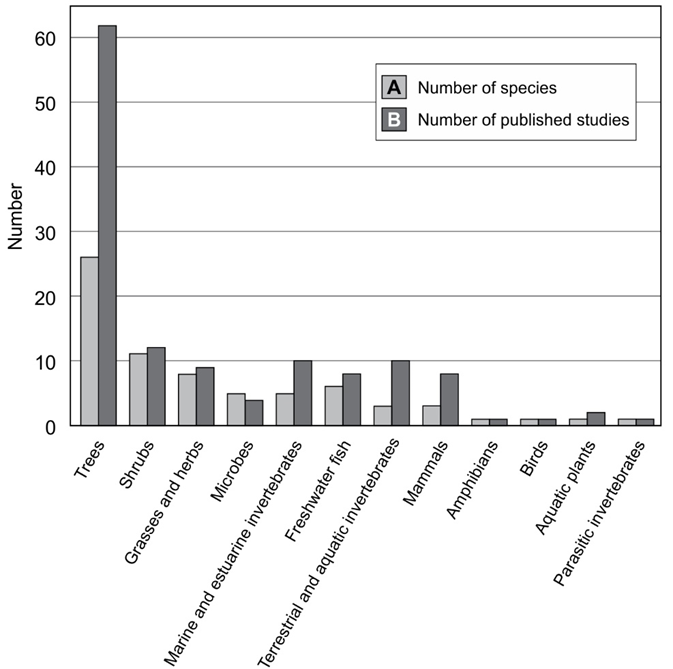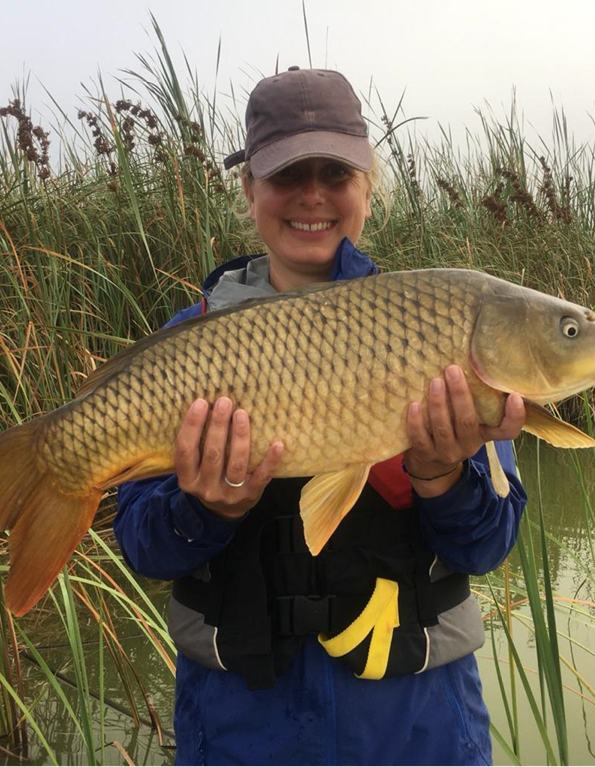Visual recognition and coevolutionary history drive responses of amphibians to an invasive predator
A recent study by a research team, including C∙I∙B post-doc Andrea Melotto, examined the responses of larvae from amphibian species to an invasive predator.





